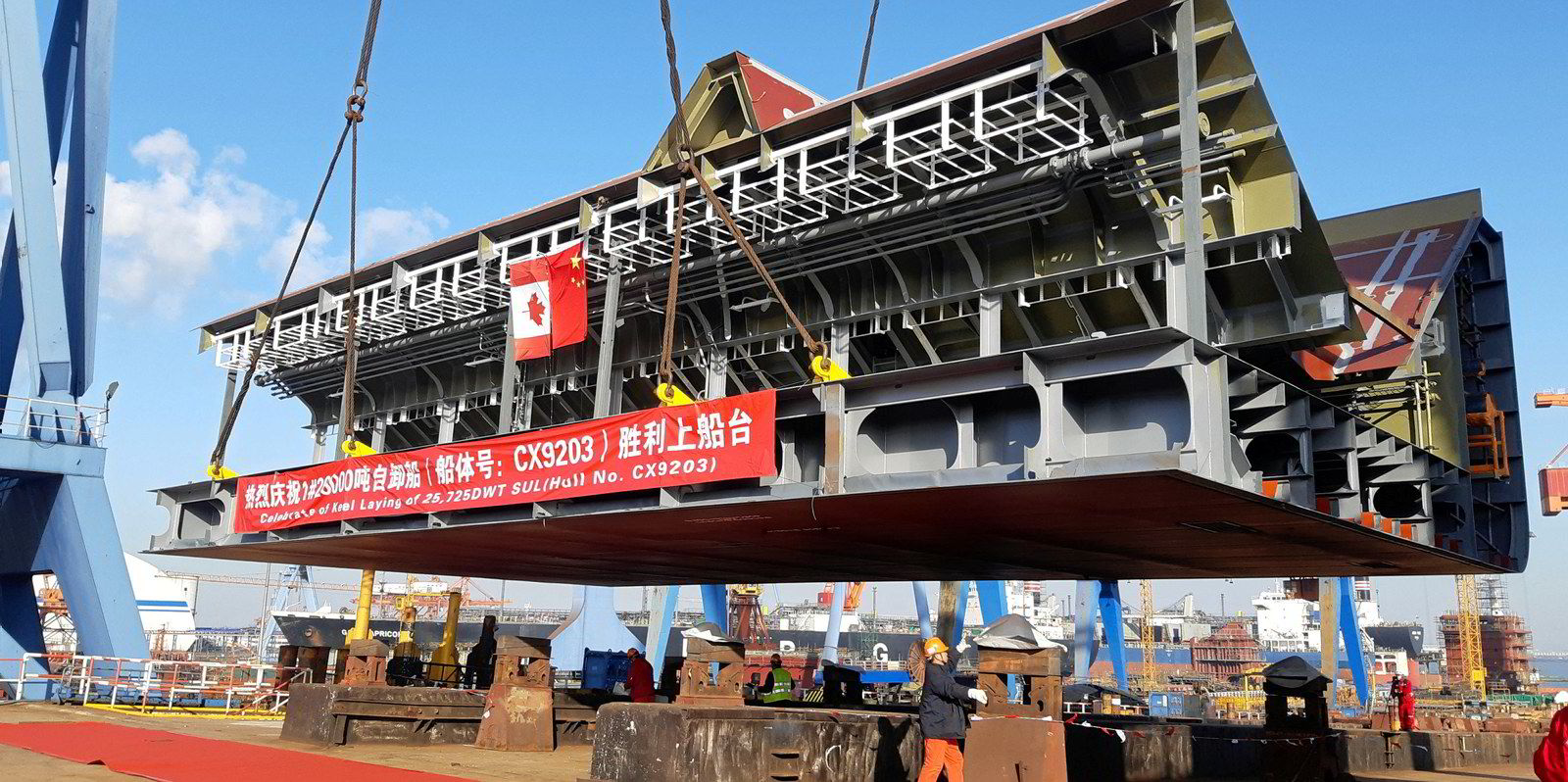Shipowners organisation Bimco is predicting a return by bulker owners to shipyards towards the end of next year.
Shipping analyst Filipe Gouveia believes contracting across all vessel sizes will increase, as deliveries are set to hit a 19-year low in 2024.
According to Bimco estimates, the capacity of ships being handed over in 2024 will drop to 23.8m dwt.
The dry orderbook currently adds up to 66.7m dwt, a mere 6.9% of the bulker fleet, the lowest ratio since at least 1996.
Contracting of bulk carriers spiked in 2021 and reached 48.4m dwt, driven by a positive congestion-driven cycle that brought an opportunity for investment, the analyst points out.
“However, in the first 10 months of 2022, only 11.7m dwt were contracted as concerns about economic growth and alternative fuels dominated the sector,” Gouveia said.
“In terms of size, upcoming bulk carrier deliveries are increasingly skewed towards panamax and supramax ships.”
Capesizes will account for around 27.8% of deliveries in 2024, significantly lower than their 40.9%, 10-year average.
Gouveia believes new deals are being hindered by weaker and volatile rates, as well as a 0.6 ratio between prices for newbuildings and five-year-old ships.
Slow response
“The sector’s response to fuel transition and emissions reduction has thus far been slow, as demonstrated by the orderbook,” Gouveia said.
“Measured in deadweight, only 13.3% and 6% of deliveries until the end of 2024 are LNG and ammonia ready, respectively, while only two panamax ships are LNG ready.”
Gouveia argues the continued economic downturn will likely affect investment decisions and keep the orderbook small.
But the average bulk carrier age has risen by six months each year since 2018 and the average ship is 11.5 years old.
“Amid stricter environmental regulations and an ageing fleet, renewal of the fleet will be required, and we can expect contracting to pick up across all segments towards the end of 2023,” Gouveia said.
Bimco is forecasting that alternative fuel adoption for bulk carriers will likely continue to lag behind other sectors.
However, by the next contracting cycle, the organisation hopes a clearer roadmap for the adoption of alternative fuels will have emerged.





